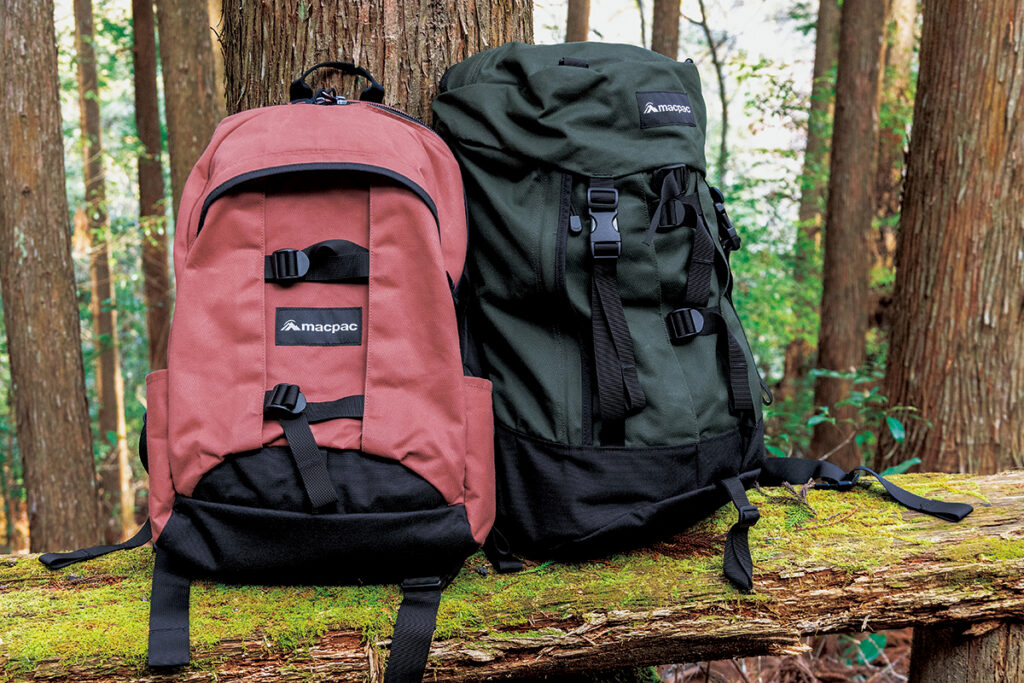The Historical Path that Paved the Way for Today
In 1862, Sakamoto Ryōma made the bold decision to leave his clan behind. Departing from his home at the foot of Kochi Castle, he journeyed under the guidance of Nasu Shunpei and his son Shingo, traversing Yusuhara, Iyo (Ehime Prefecture), and Ōzu, before heading to Chōshū (Yamaguchi Prefecture) and finally Shimonoseki. This path that Ryōma walked is known as Ishin no Michi (or “Ryōma’s Defection Route”). For this journey, we follow his footsteps on a day hike, covering approximately 20 kilometers from Tarogawa Park through Yusuhara-cho to Niraga Pass.
Joining us on this adventure is Matt Boyd, who runs the Wayfarer Brewing Company, a local craft beer brewery in Nankoku City. Although Matt has hiked in Yusuhara before, this is his first time focusing on the historical significance etched into this trail.
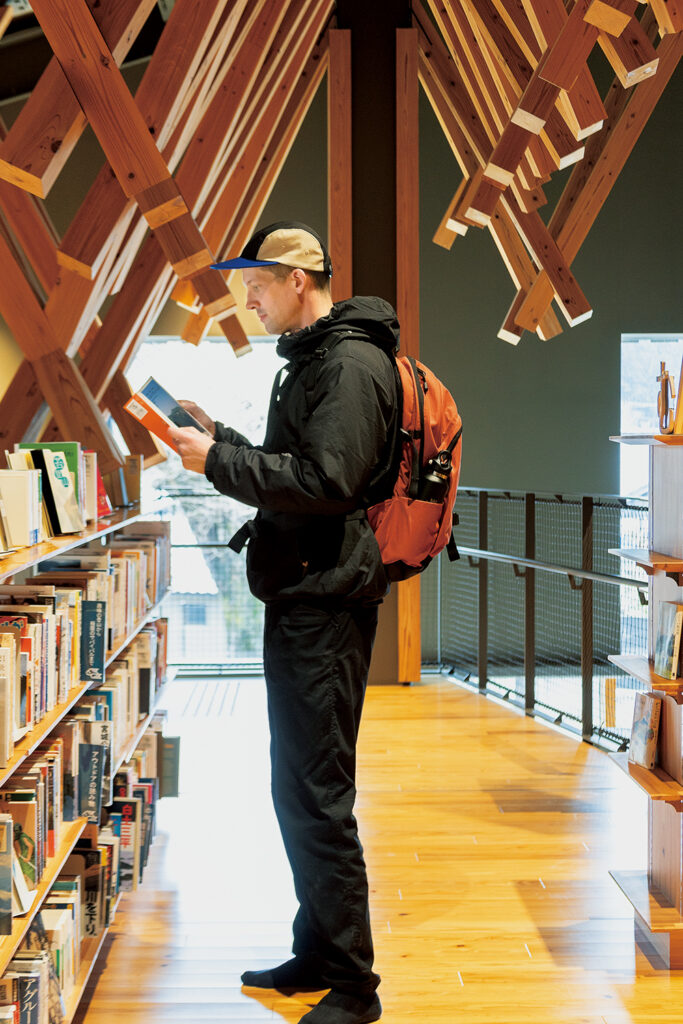
Our journey begins at Tarogawa Park, a wonderful spot to experience nature located in the heart of Yusuhara-cho. After enjoying a night of camping on its lush, green grounds, we set off on the Ishin no MIchi with the town’s official guide, Kazuhiro Itō.
“When you think of ‘defection,’ it carries the image of being a grave crime. However, in Yusuhara, inspectors of the domain who shared the same aspirations as Ryōma would issue travel passes,” says Itō-san. “There’s a story that Ryōma walked right past the guard station with a pass that declared, ‘Sakamoto Ryoma, coming through,’ allowing him to leave openly.” Filled with anticipation for the future, Ryōma and his companions undoubtedly walked heads held high as they crossed Niraga Pass.
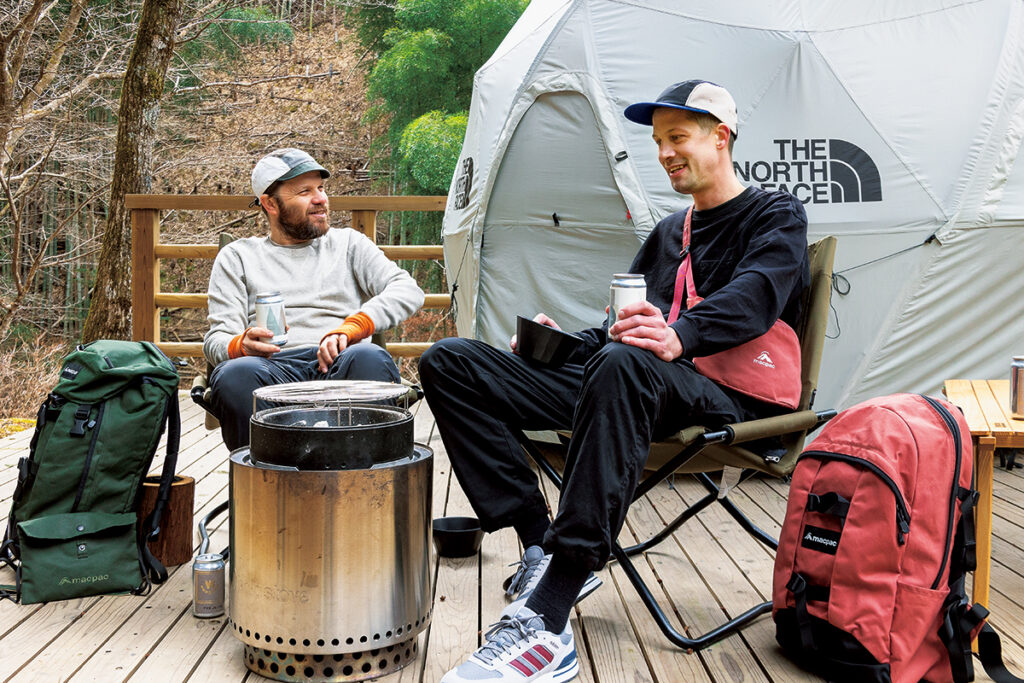

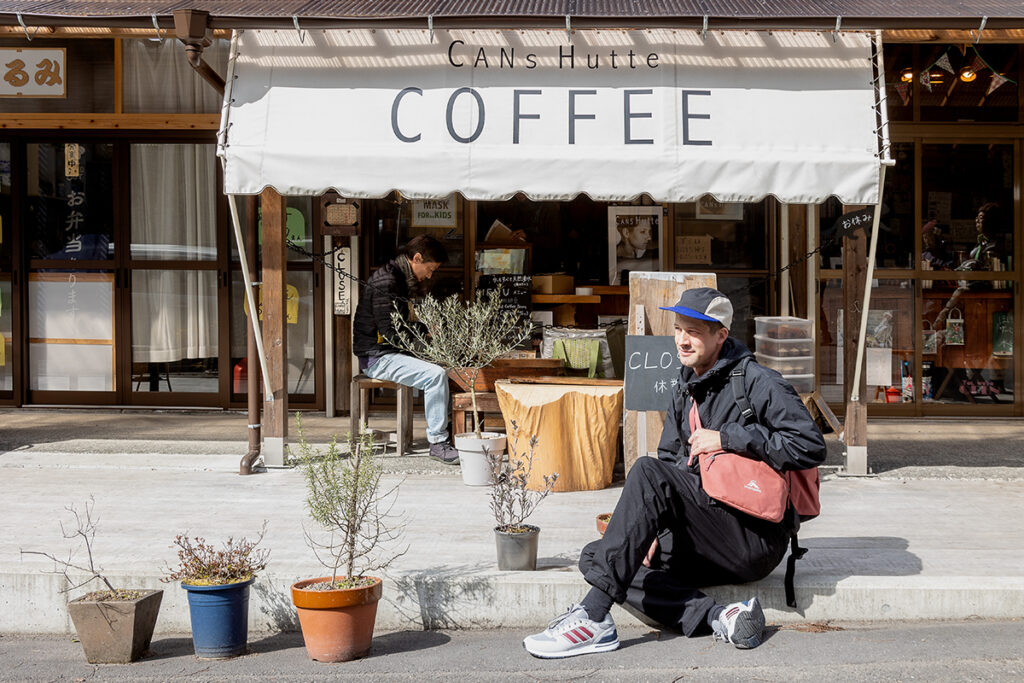
Walking along this once bustling thoroughfare, we catch glimpses of the unique hospitality culture that thrived in this region. Symbolizing this are the numerous tea houses that appear along the path. These thatched-roof, wooden huts with plank floors are teeming with stone and wooden statues. It is said that the local residents would welcome and entertain passing travelers at these tea houses.
“If there were such cool tea houses like this, I’d definitely want to take a break!” Matt exclaims.
“This place was not only a rest stop for travelers but also a hub for exchanging information and culture from other domains. In fact, it played a crucial role in monitoring outsiders,” Explains Itō-san.
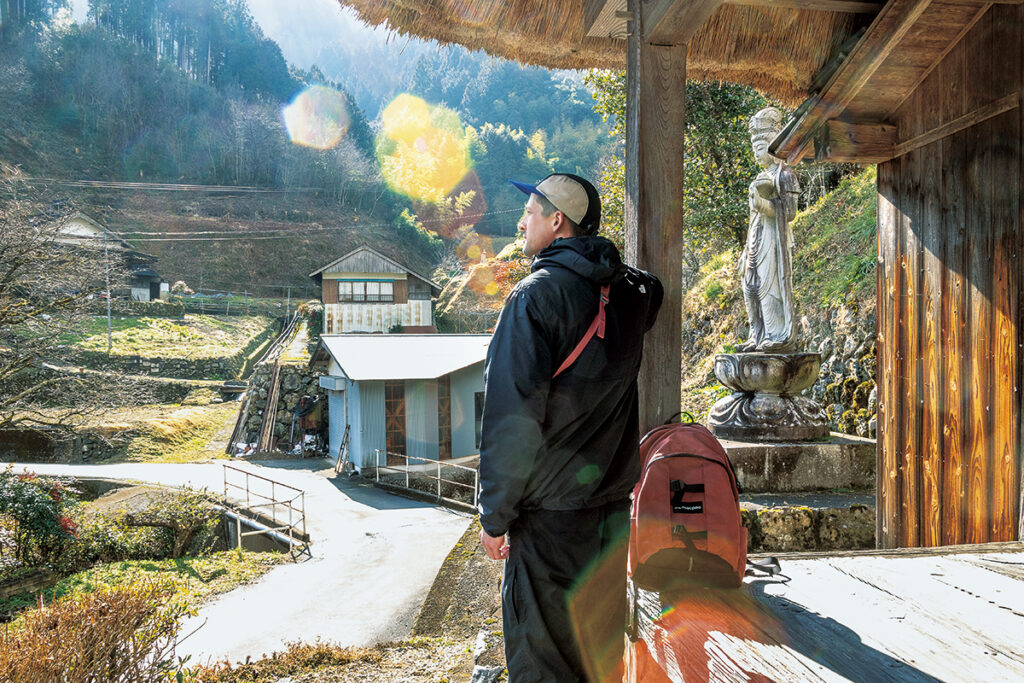
For hikers visiting this path from outside the prefecture, one of the most striking elements is the richness of the forest. Woodlands cover a whopping 90% of Yusuhara-cho, and a promising forestry initiative is underway to enhance the value of harvested trees and assign new roles to newly planted ones. The timber harvested from the forests is used close by in construction materials and biomass. Notably, the various buildings designed by Kengo Kuma scattered throughout the town utilize this locally sourced timber.
These facilities also incorporate natural energy sources such as wood pellets, wind, hydro, and solar power. By 2050, Yusuhara aims to achieve 100% energy self-sufficiency through the use of these local renewable resources. Although Yusuhara-cho is a small town, its initiatives are remarkably forward-thinking.
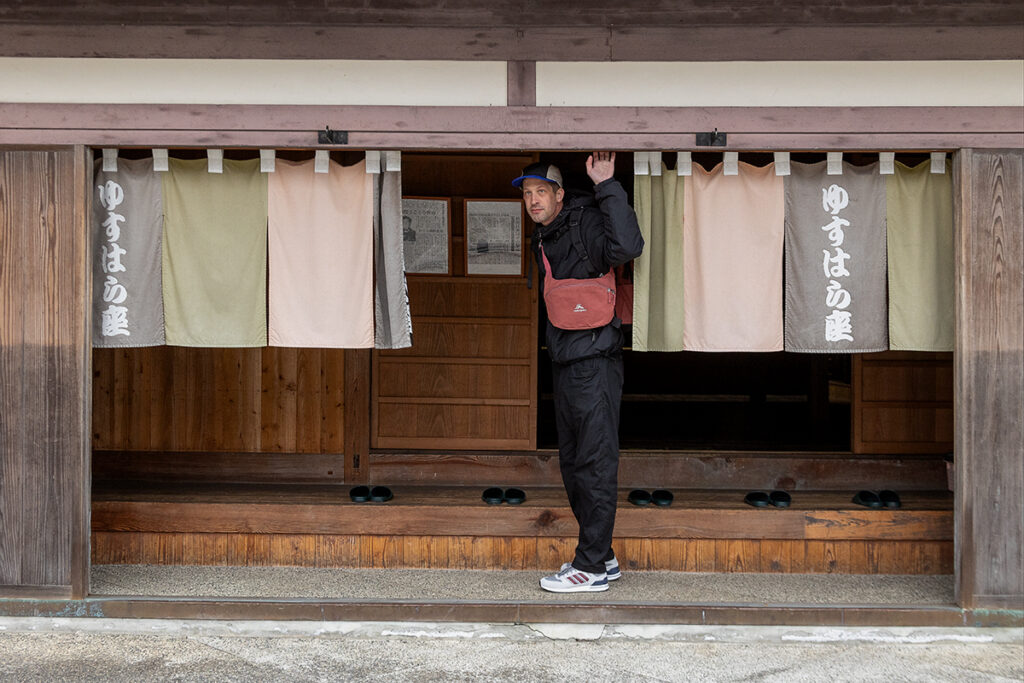
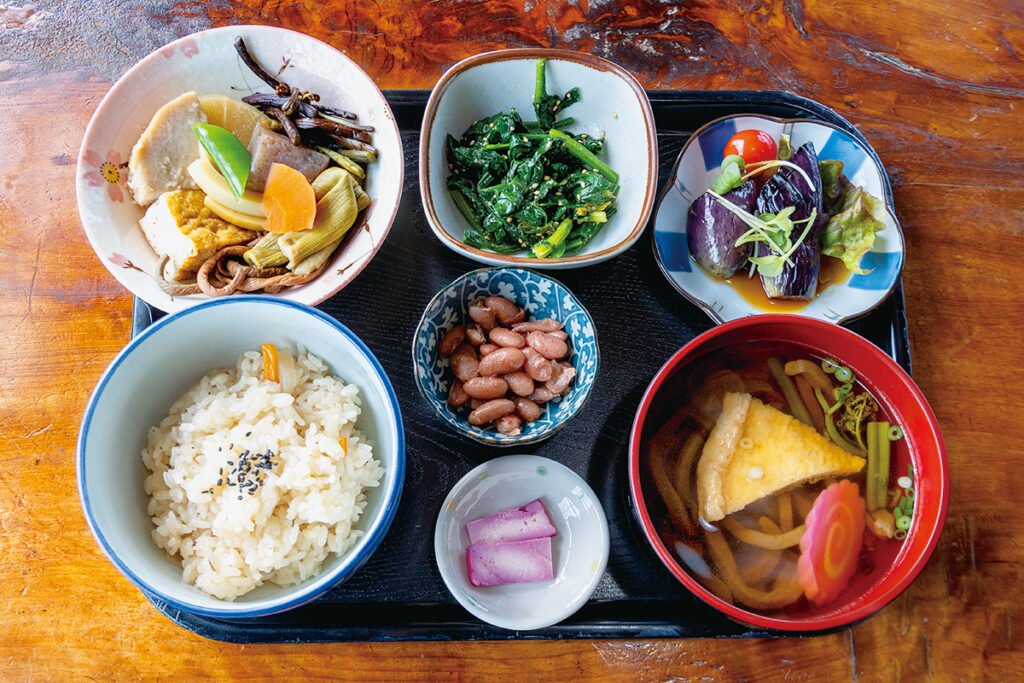
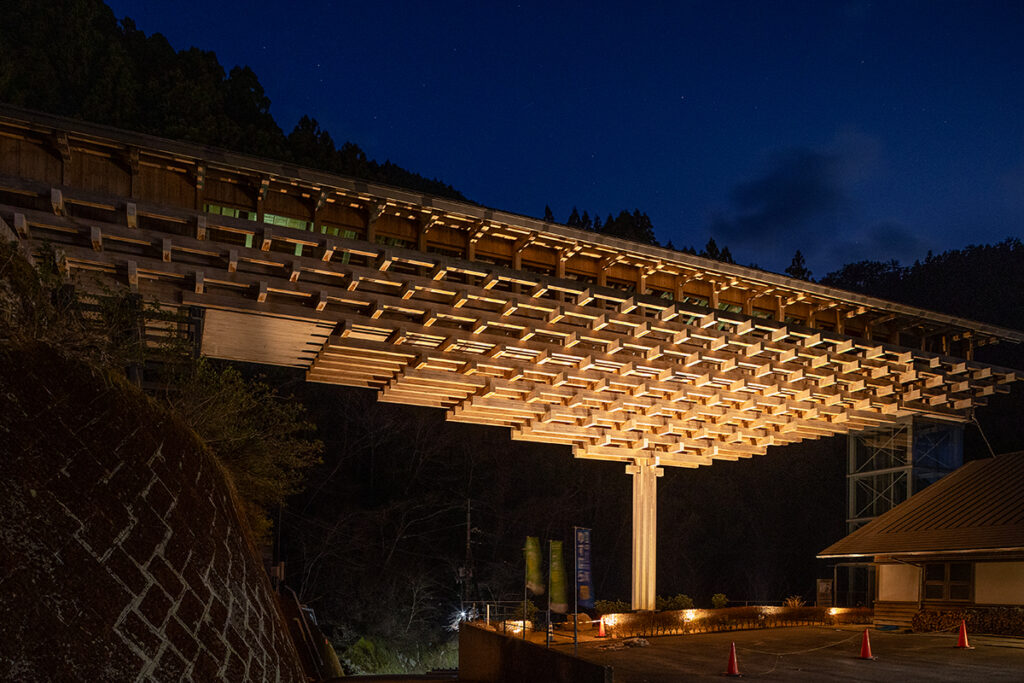
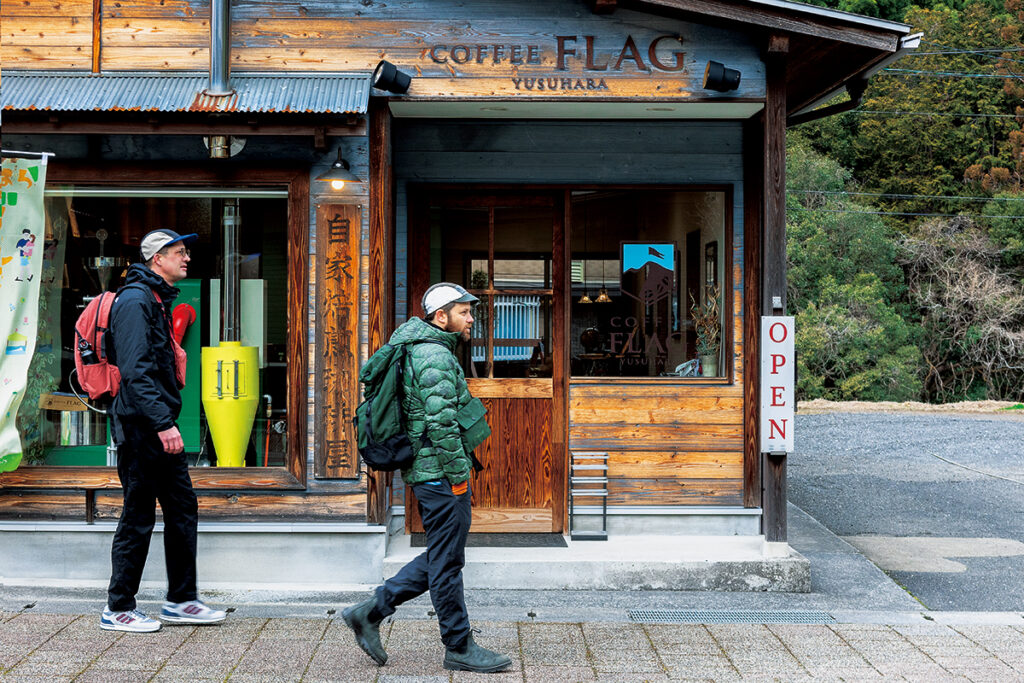
Preserving the Forest’s Abundance for Future Generations
On the other hand, there is a project aimed at fostering forestry workers and transforming conventional economic forests into mixed ones with conifers and broadleaf trees coexisting. This approach nurtures disaster-resistant and diversity. Tomoya Shimomura, who learned forestry as part of the Regional Revitalization Cooperation Team, founded KIRecub (pronounced “kirikabu”) with his colleagues — an organization focused on growing and restoring forests.
To sustain forest resources, both logging and replanting are necessary. However, the advancement of mechanization in this field is slow, making the manual labor of weeding and maintenance arduous and less appealing. Consequently, there is a pressing need for training successors. In Yusuhara-cho, the Regional Revitalization Cooperation Team is actively training new talent for this vital work.
“We don’t just plant seedlings. We also grow them from acorns and local seeds, and we involve local high school students in reforestation activities,” explains Shimomura-san. “Additionally, we have educational and tourism initiatives to ensure the forest thrives in the future.”
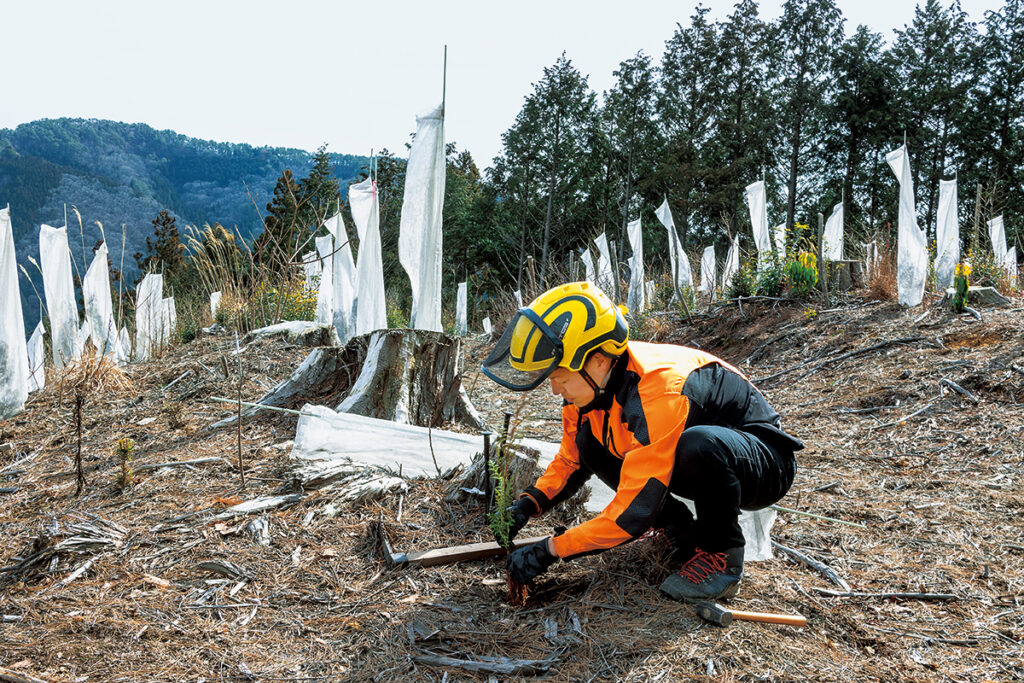
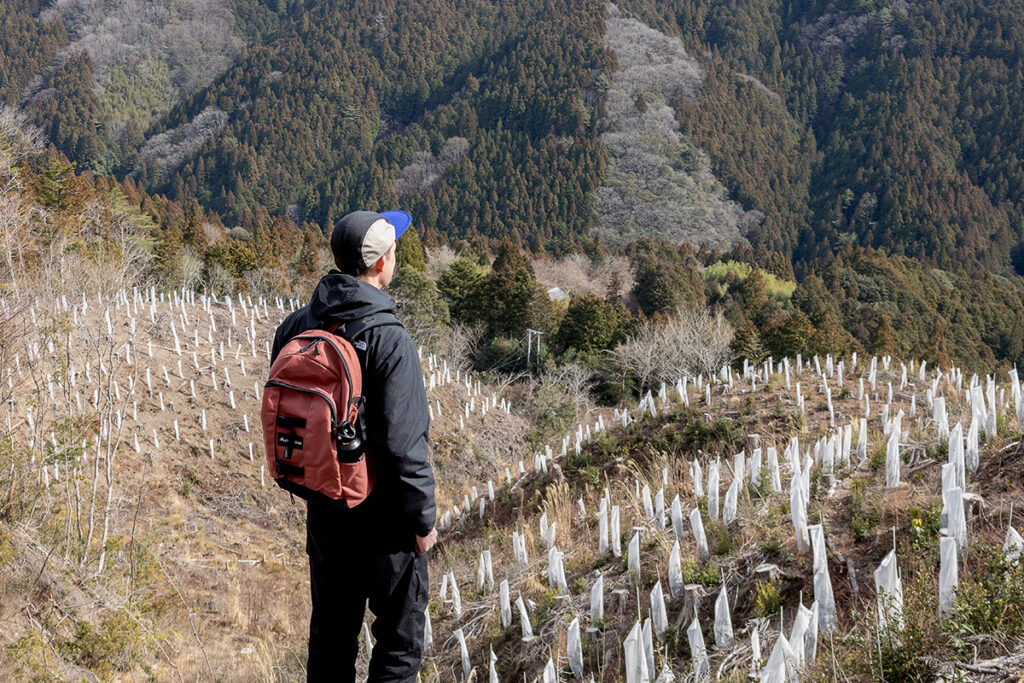
Another unique way Yusuhara utilizes its forests is through therapy. Their forest therapy involves immersive forest bathing, or “shinrin-yoku” experiences, which have been scientifically proven to have relaxation benefits. The town offers its own programs on two roads dedicated to therapy.
If you have time, take a walk along the Kuboya Therapy Road. This 3-kilometer nature trail follows a waterway, where green trees glisten in the sunlight and crystal-clear water flows below. As you stroll along, listening to the babbling brook, you’ll enjoy a different kind of escape, offering a unique sense of tranquility you can’t exactly get walking the historical path.
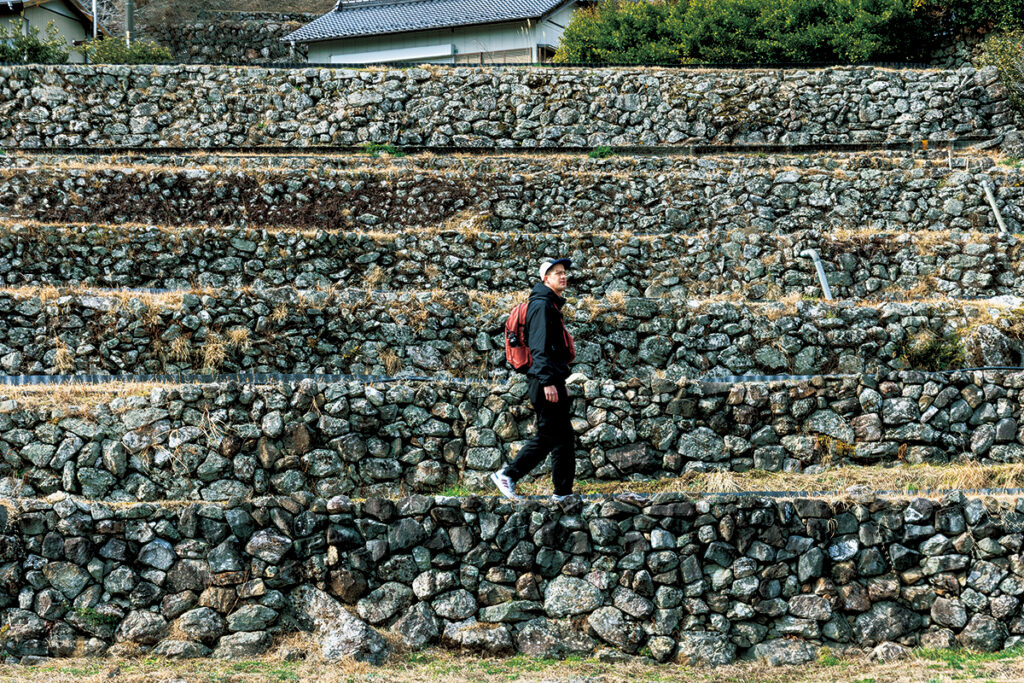
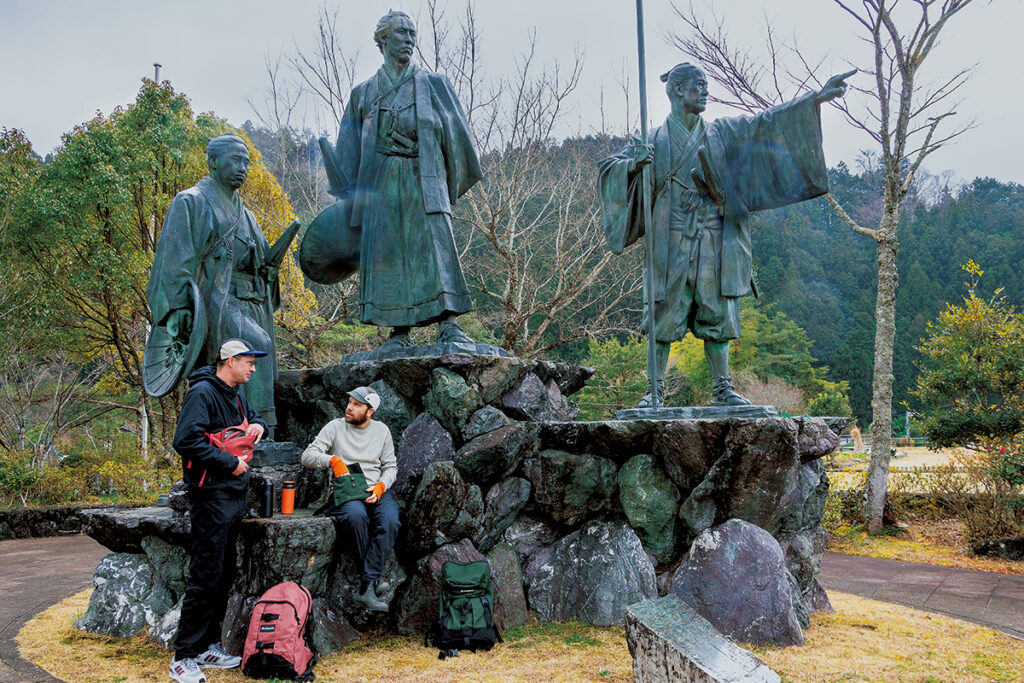
Another must-visit nature escape is Hyakuissouen. This private botanical garden, curated by Katsuya Nakahira, features around 400 species of wildflowers. Focusing on native plants rather than cultivated garden varieties, it boasts a variety of wildflowers such as Baikaōren, Fukujusō, and the rare alpine plant Kirengeshōma, which all bloom in different seasons. Nakahira-san manages and maintains the expansive facility and its scattered wildflowers entirely on his own.
“Nakahira-san, you truly have a green thumb,” remarked Matt, observing the steward’s dedication.
“I have many things I want to try, but I only get one chance each year,” explains Nakahira-san. “I’ve made countless mistakes and gone through a lot of trial and error, but I’ve managed to increase the variety of plants over time.”
Speaking of green thumbs in Kochi, one might recall the botanist Dr. Tomitaro Makino, known for his discoveries. In contrast to the discoverer that Dr. Makino was, Nakahira-san is more of a cultivator. It seems that passionate stewards of plantlife like Nakahira-san are not uncommon in Kochi.
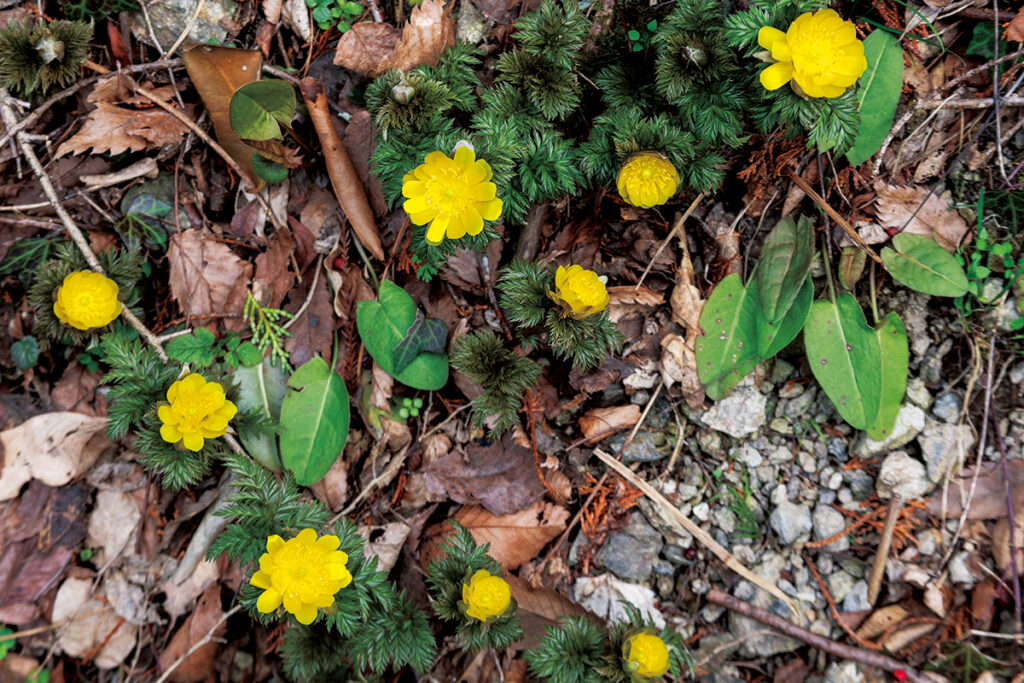
Reflecting on the two-day journey, Matt shared his thoughts: “Learning about history, the forest, and plants—it’s inspiring to see how, in this digital age, the people of this town are dedicated to passing down wisdom by word of mouth and preserving it for future generations.”
Even now, 150 years later, this historic path of dreams that led to the Meiji Restoration still points toward the future.
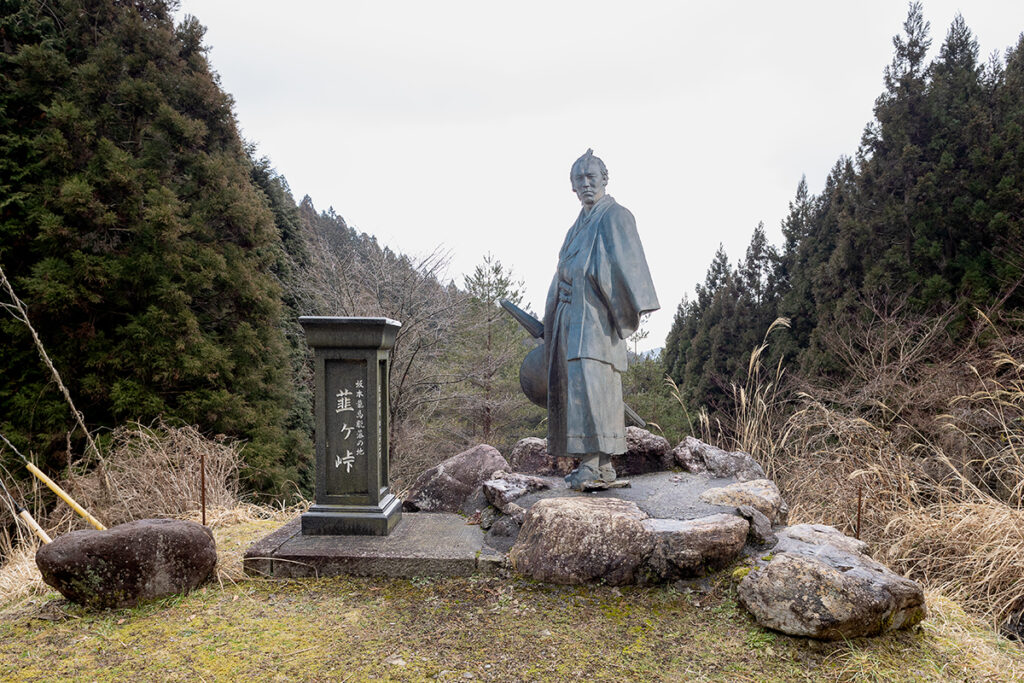
Trail Guide
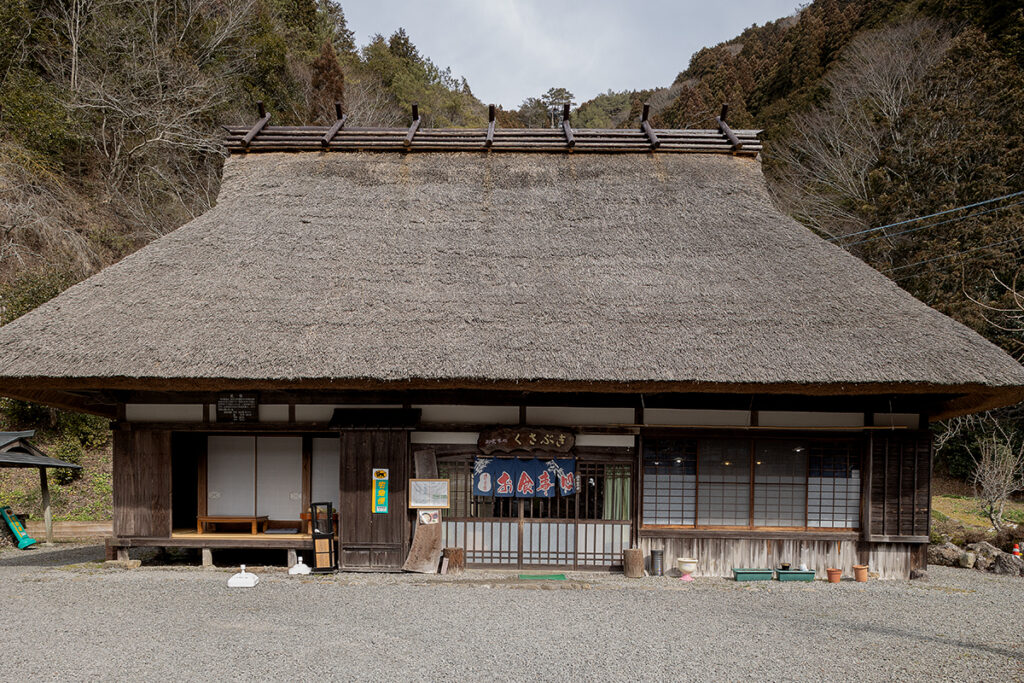
3717 Tarogawa, Yusuhara-cho, Takaoka District, Kochi
TEL : 0889-65-0500
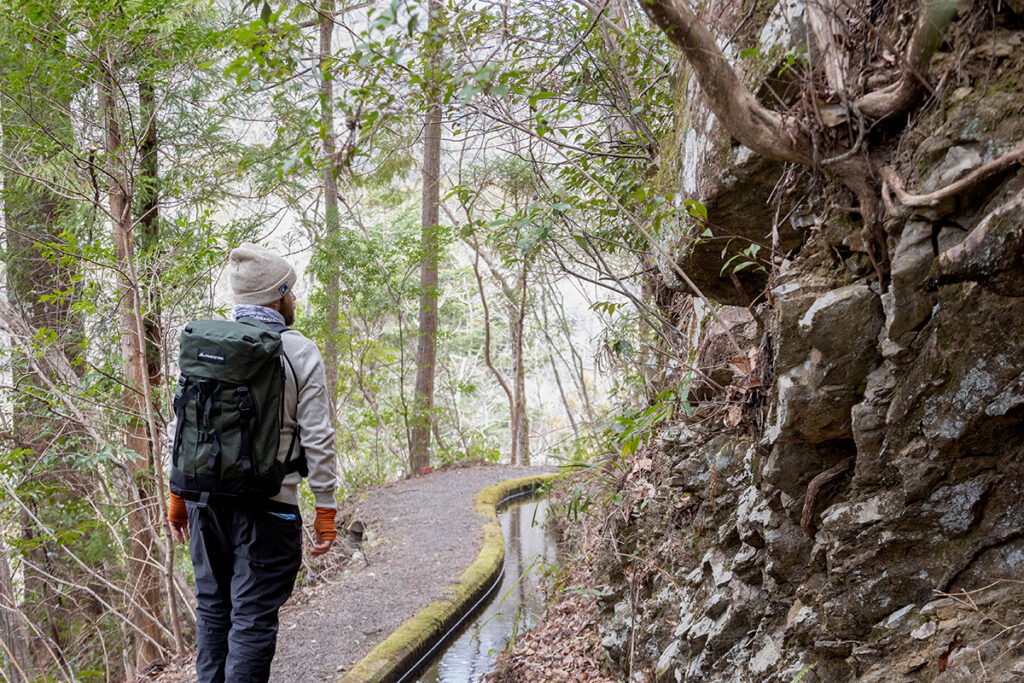
Matsubara, Yusuhara, Takaoka District, Kochi
TEL : 0889-66-0044 (Ai-no-sato Matsubara)
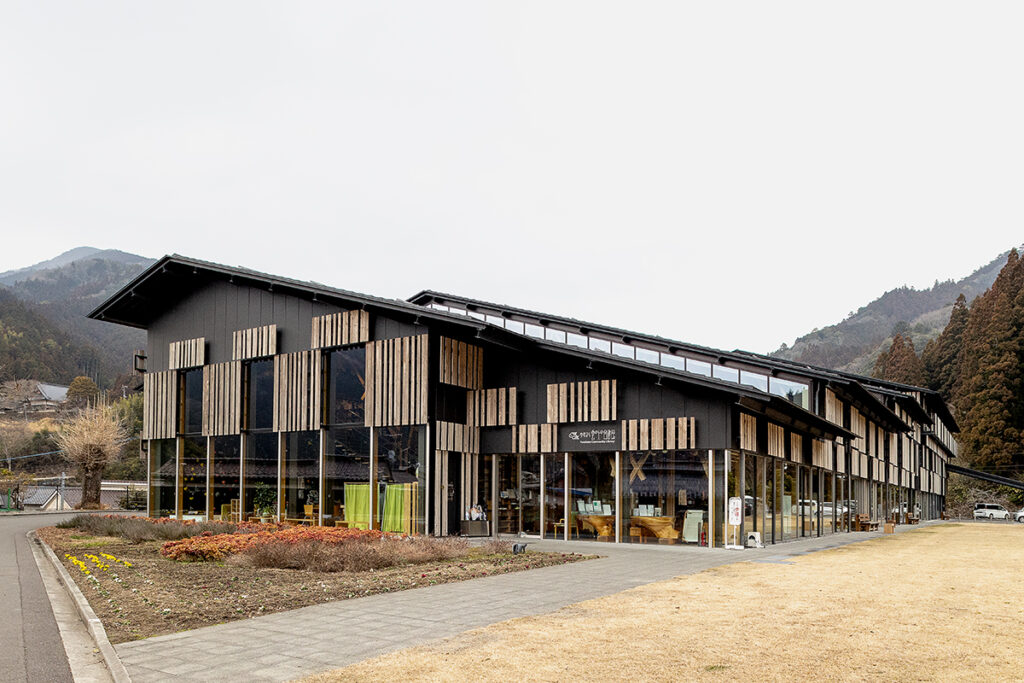
1212-2 Yusuhara, Takaoka District, Kochi
TEL:0889-65-1900
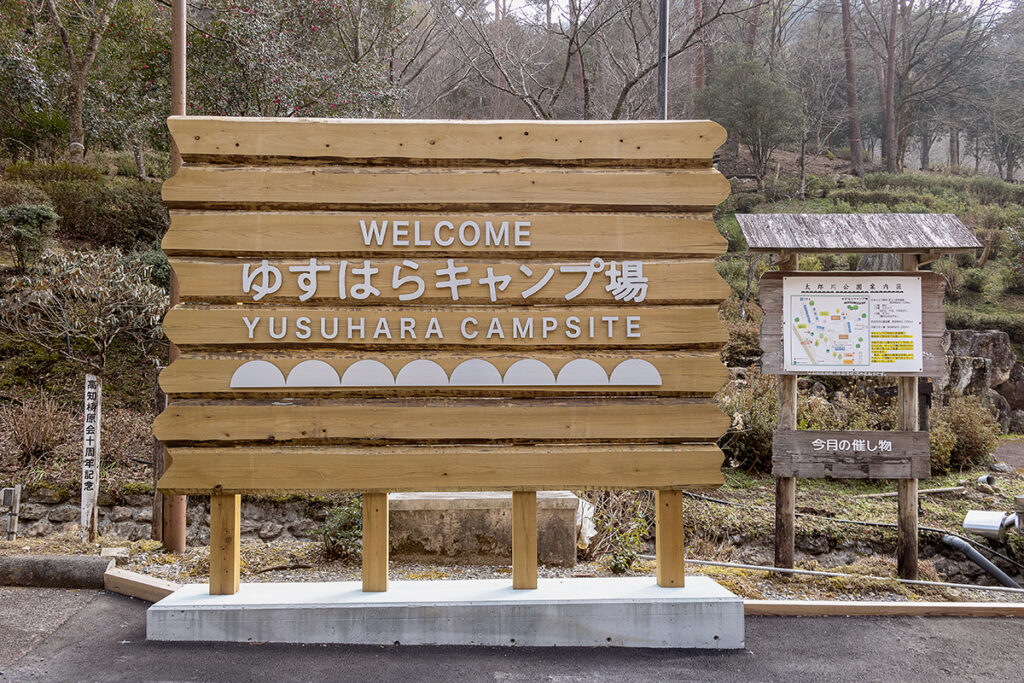
3799-3 Tarogawa, Yusuhara, Takaoka District, Kochi
TEL : 090-7626-6845
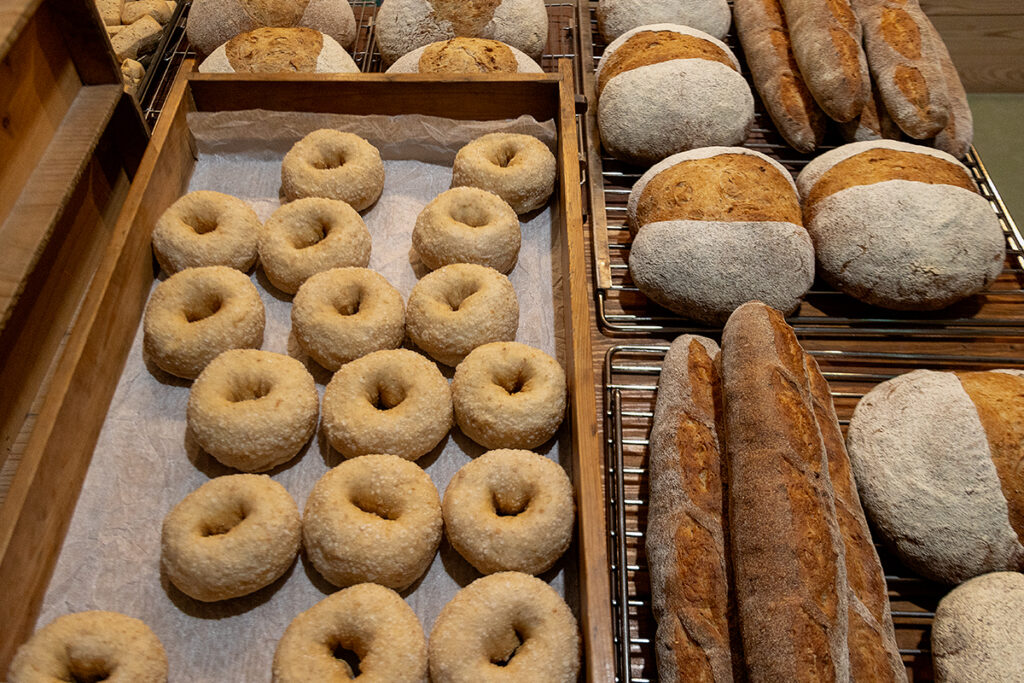
1455 Yusuhara, Takaoka District, Kochi
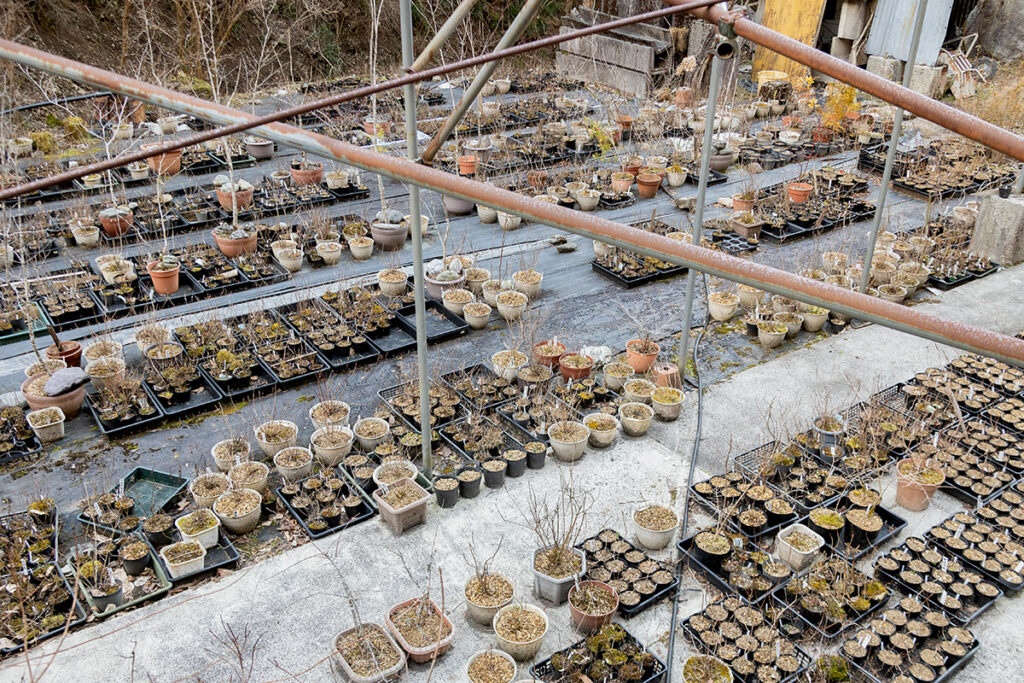
488 Higashigawa, Yusuhara, Takaoka District, Kochi
TEL:090-8977-3751
A reliable companion for long trail hikes — tough and iconic.
Born in New Zealand, renowned for its abundant nature and thriving outdoor scene, macpac introduces the Gecko and Kauri crafted from its signature material, AzTec®︎. These classics boast exceptional water resistance and durability, coupled with outstanding comfort — the perfect backpack for trekking Japan’s trails. Combine them with shoulder pouches (sold separate) to enhance usability even further!
